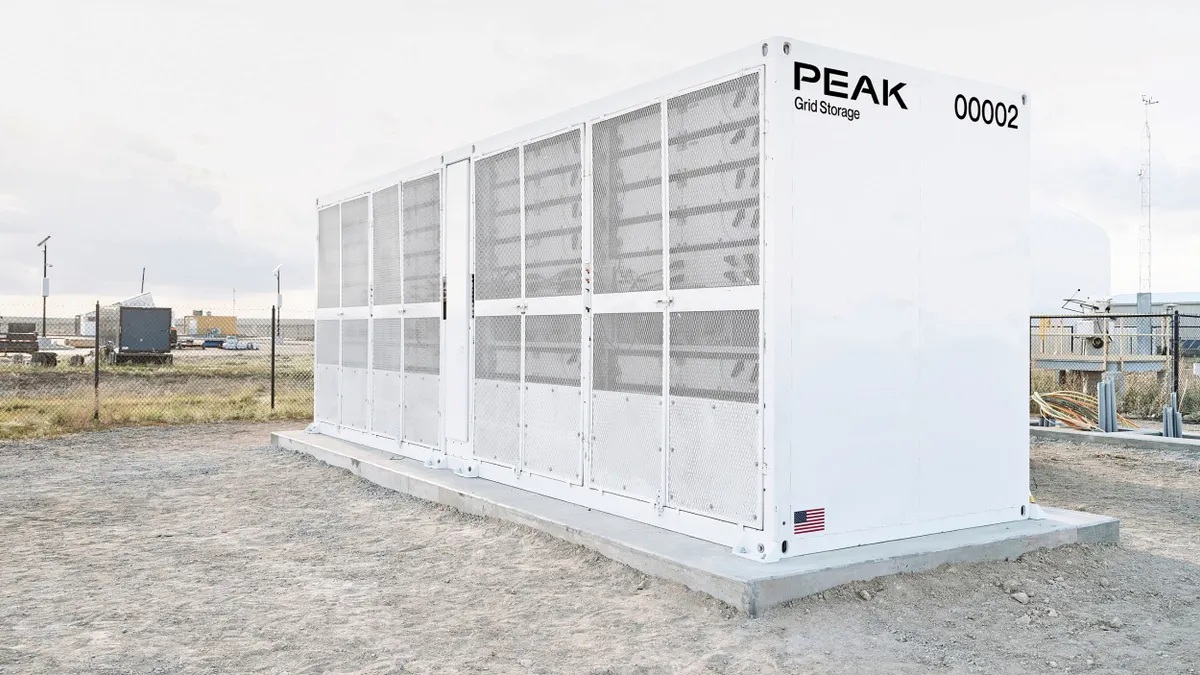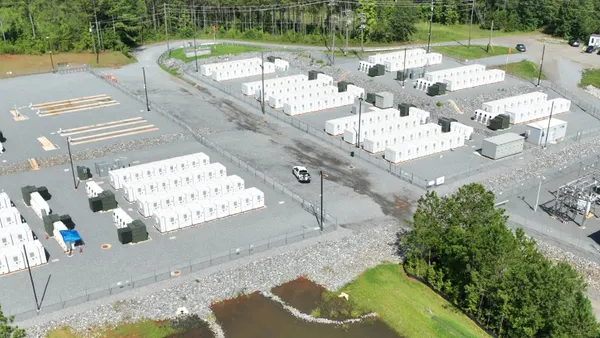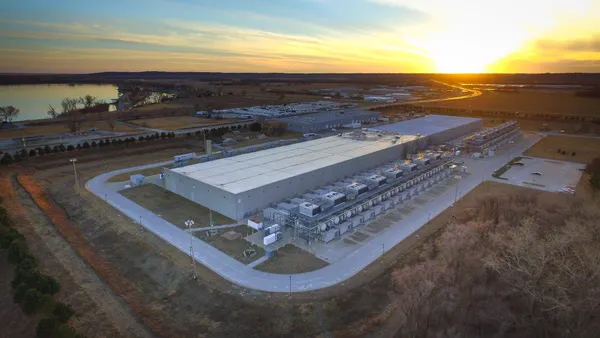Dive Brief:
- A portfolio of electric resources outlined by the California Public Utilities Commission (CPUC) to help the electric sector reduce its annual greenhouse gas emissions to 38 million metric tons by 2030, will leave only 500 MW of effective capacity above what is needed to meet reliability targets in 2026, according to modeling from the state’s Independent System Operator.
- In August, a CPUC administrative law judge issued a ruling recommending that the state adopt the 38 MMT portfolio, a more aggressive emissions reductions goal than the 46 MMT target adopted by the agency last year.
- The portfolio “is reliable," the California Independent System Operator (CAISO) said in comments filed with the agency late September, but given the small margin over essential reliability targets “any delays in meeting the procurement targets, reductions to the baseline generation resources, or other system changes beyond the 500 MW margin could reduce system reliability.”
Dive Insight:
The 38 MMT recommended portfolio comes from the commission’s analysis of the integrated resource plans that utilities and other providers submitted last year. The commission had previously approved a 46 MMT greenhouse gas emissions target for 2030 for the electric sector, but asked the entities to look into a more aggressive, 38 MMT target as well.
In initial comments filed with the commission in late September, CAISO urged the agency to ensure that procurement is executed on schedule, and that it aligns with transmission planning. Without the latter, “generation projects may move forward — potentially based on “least cost” without transmission considerations — while inadvertently triggering additional, unplanned transmission expansion,” the system operator noted.
The CPUC ruling also asked stakeholders to weigh in on a series of questions, including whether regulators should officially require load-serving entities to contract for the resources outlined in their integrated resource plans, as well as implement penalties or backstop procurement requirements.
In addition, the CPUC questioned whether it should accelerate the schedule for procuring an 11.5 GW package approved by commissioners in June. Currently, load-serving entities are required to procure those resources — intended to fill in gaps in the system after the retirement of the Diablo Canyon nuclear plant and several natural gas plants in the next few years — in a staggered manner, with increments of 2,000 MW, 6,000 MW, 1,500 MW and 2,000 MW coming online in 2023, 2024, 2025 and 2026 respectively. However, the agency asked whether — in light of an emergency proclamation from California Gov. Gavin Newsom this August that sought to expedite clean energy projects — it should consider expediting more of that procurement to 2023.
Pacific Gas & Electric (PG&E) in its comments urged regulators not to require individual entities to procure the specific resources included in their integrated resource plans, noting that those plans can become outdated due to other commission orders. In addition, the utility pointed out that the plans cover several years, and need to account for new technologies that could be more efficient and lower cost.
San Diego Gas & Electric (SDG&E) also pushed back against the idea of mandating integrated resource planning procurement.
“As the energy space changes, it is critical that [load-serving entities] have the ability to adapt to those changes, whether it is by reducing their portfolio due to load departure, increasing resource procurement in response to higher load or more customers, or changing the general makeup of the portfolio in response to policy or technology imperatives,” SDG&E said in its comments.
However, CAISO disagreed with the utility in its reply comments, filed Monday, stating that it relies on the integrated resource planning portfolios in its transmission planning process. If the CPUC doesn’t ensure that actual procurement aligns as much as possible with the integrated resource planning portfolios, the system operator will likely need to take additional remedial actions to ensure grid reliability, CAISO said.
Both PG&E and Southern California Edison (SCE) also recommended against accelerating the procurement recently authorized by the commission. The agency’s analysis did not indicate a need for more resources in 2023, SCE said, adding that the commission should avoid unnecessary costs and reduced flexibility by opting not to advance the dates by which the new resources should come online.
PG&E also pointed to similar reasons, although it also recommended that the commission “encourage” load-serving entities to exceed their procurement targets by implementing an incentive mechanism to compensate them for expediting the timeline for these resources.















